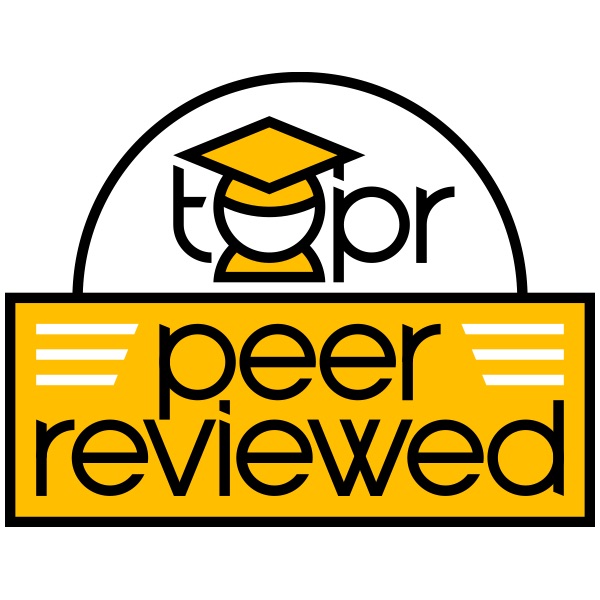
In today’s complex world, acquiring knowledge and using tools in a single domain is insufficient to remain competitive as individuals. Students must also learn to apply tools and knowledge in new domains and different situations (Grabinger & Dunlap, 1995). In addition, the spread of misinformation is becoming a common concern among education and society in general. Therefore, learning environments should encourage student responsibility, initiative, decision making and intentional learning, and utilize active learning activities that promote higher-order thinking processes to help students develop rich and complex knowledge, as well as to promote observable change (Grabinger, Dunlap, & Duffield, 1997).
Link to example artifact(s)
Professor: Adam Wells, College of Health Professions and Sciences, University of Central Florida
Course: PET3361: Nutrition and Metabolism in Kinesiology
Students, athletes, and active individuals alike are becoming increasingly exposed to nutrition misinformation (Wansink & American Dietetic Association, 2006). In order to recognize fact from fiction and promote science-based nutrition information to the public, aspiring nutrition professionals must develop an in-depth understanding of the role of various nutrients in improving health, sports performance and recovery (DiMaria-Ghalili et al., 2014). The challenge however, is to apply this nutritional knowledge and develop a strategy that optimizes nutrition for a particular fitness goal in a real-world scenario.
In this project, undergraduate students are asked to: (1) track daily macronutrient intake using an app; (2) compose a reflection of the changes made to diet based on the information presented during class; (3) film and post a video reflection, discussing nutritional strategy and challenges faced during implementation. This project emphasizes both higher-order thinking and metacognitive components; students are challenged to reflect on previous dietary practices and discuss whether or not these practices are optimal for achieving their desired fitness goals, and integrate the most recent scientific literature to develop a personalized nutritional strategy that supports their fitness goals.
The assignment is deliberately written in a way that is transparent, and a rubric is provided to guide students to successfully completing the multiple elements (below).
This assignment could be adapted to other disciplines, as long as students are asked to self-monitor some aspect of their activity, reflect on that activity, and apply what they have learned in order to achieve a level of transformation.
Instructor and Student Feedback
Overall, the project was well-received. As expected there was a mix between those students who were just going through the motions in their reflection, and those who actually applied the knowledge to their diets and made improvements with regards to the dietary/fitness goals. Students commented that the assignment prompted them to experiment and apply what they were learning in the course to real life.
There were a number of issues with students being unable to upload their videos, and these issues were related primarily to the size of the video file. Additional instructions on composing the video seem to be warranted. Nevertheless, there is value to the video format. Since students understand they will be viewed by their peers, they hold themselves to a higher standard when producing their reflections, and apply a greater amount of effort. Additionally, video reflections are more personal relative to written reflections, and provide an opportunity to get to know an online student through their reflection, whereas this is not possible with a written reflection.
Part of the rubric for commenting on peer video reflections requires that the comments be evidence based. Almost the entire class failed to do this. Upon reflection, this requirement will likely be removed, since it is difficult to incorporate into someone else’s reflection.
Link to scholarly reference(s)
DiMaria-Ghalili, R. A., Mirtallo, J. M., Tobin, B. W., Hark, L., Van Horn, L., & Palmer, C. A. (2014). Challenges and opportunities for nutrition education and training in the health care professions: Intraprofessional and interprofessional call to action. The American Journal of Clinical Nutrition, 99(5 Suppl), 1184S-93S.
Grabinger, R. S., & Dunlap, J. C. (1995). Rich environments for active learning: A definition. Alt-J, 3(2), 5-34.
Grabinger, S., Dunlap, J. C., & Duffield, J. A. (1997). Rich environments for active learning in action: Problem-based learning. Alt-J, 5(2), 5-17.
Wansink, B., & American Dietetic Association. (2006). Position of the american dietetic association: Food and nutrition misinformation. Journal of the American Dietetic Association, 106(4), 601-607.
Citation
Wells, A. (2019). Utilizing active learning techniques to promote application of knowledge. In A. deNoyelles, A. Albrecht, S. Bauer, & S. Wyatt (Eds.), Teaching Online Pedagogical Repository. Orlando, FL: University of Central Florida Center for Distributed Learning. https://topr.online.ucf.edu/utilizing-active-learning-techniques-to-promote-application-of-knowledge/.